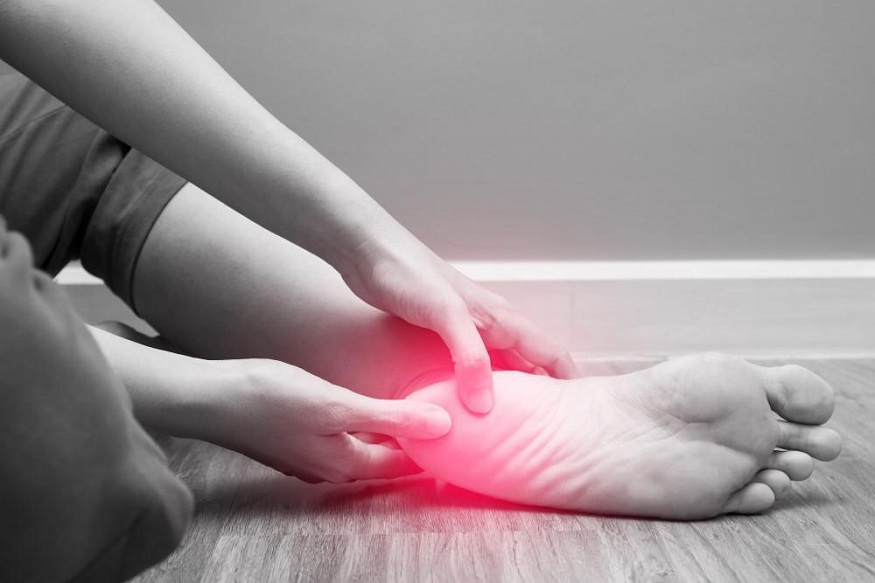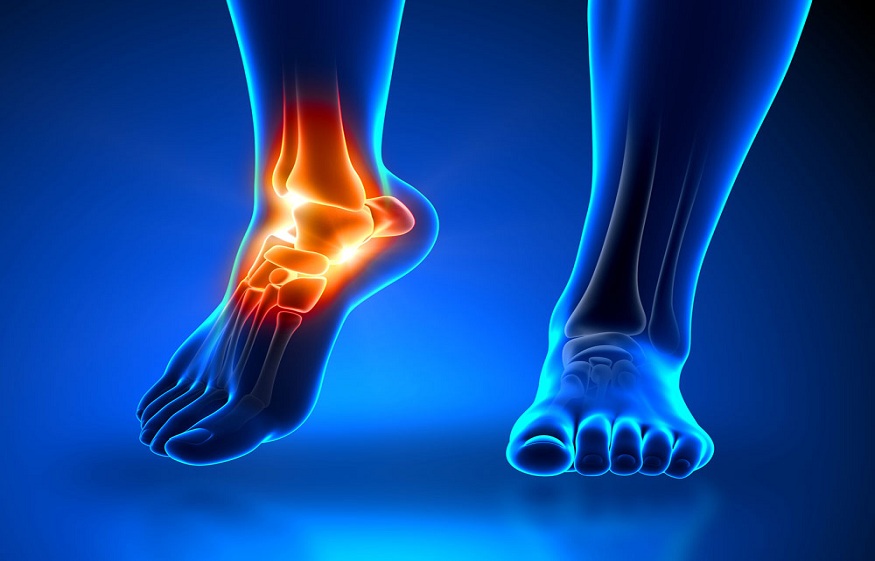What is a platelet-rich plasma injection?
Platelet-rich plasma (PRP) injection is a medical procedure that involves injecting a concentrate of platelets, obtained from the patient’s blood, into a joint or tendon.
This procedure, which can be used in podiatry to treat plantar fasciitis and tendonitis in the foot, aims to stimulate tissue healing and reduce pain.
Plasma, platelets and platelet-rich plasma
Plasma is the liquid part of blood. Blood cells, namely red blood cells, white blood cells and platelets, are suspended in it.
During a PRP injection, a blood sample is taken from the patient. This sample is placed in a centrifuge, which allows the platelets to be isolated from the other blood cells.
Platelet-rich plasma injection for the treatment of plantar fasciitis and foot tendonitis
If you suffer from plantar fasciitis or chronic tendonitis, PRP injections may be among the treatments recommended by your podiatrist .
Plantar fasciitis is an inflammation of the plantar fascia, a thick, elastic tissue that connects the heel bone to the toes. It manifests itself by heel pain, felt especially during the first steps in the morning or after a period of rest.
Tendinitis is an inflammation of a tendon. In the foot, it is often observed on the Achilles tendon. The main symptoms are pain behind the ankle that intensifies during physical activity and tenderness of the tendon to the touch.
In these conditions, injecting platelet-rich plasma into the site of the injury helps boost the body’s ability to heal itself. Platelets contain growth factors that, when released into the bloodstream, promote tissue healing, helping to speed up the healing of a damaged tendon, for example.
Who can receive a platelet-rich plasma injection?
Platelet-rich plasma injection is a treatment option indicated for people who suffer from tendinitis or plantar fasciitis that is slow to heal or causes severe pain.
This procedure is also often used by athletes to treat various musculoskeletal injuries. Since it speeds up the natural healing process, PRP injection helps athletes recover and return to physical activity more quickly.
Additionally, when conventional treatments, such as prescribing anti-inflammatory drugs, rest, wearing foot orthoses or physiotherapy, have failed, injection of platelet-rich plasma is an additional treatment method to promote the patient’s recovery without resorting to surgery.
For example, if the usual advice for curing chronic Achilles tendonitis does not alleviate the pain, PRP injection may be a foot treatment to consider
How is a platelet-rich plasma injection performed in the foot?
The patient must have previously consulted a podiatrist to assess whether the PRP injection is a treatment suited to their condition.
At least two weeks before the procedure, the patient must stop taking anti-inflammatory medications, and he must not take antiplatelet or anticoagulant medications.
Additionally, the patient must not have received a cortisone injection in the three months prior to the PRP injection.
During treatment
The healthcare professional first takes a blood sample from the patient. The blood is then centrifuged to separate the platelets from the red and white blood cells. The resulting platelet concentrate is then injected into the site of the injury.
The professional may use ultrasound to guide him during the procedure. This is called an ultrasound-guided injection . This technique allows him to see the position of the needle inside the foot and precisely target the area to be treated.
After treatment
In the first few days after the injection, moderate pain may be felt. Apart from this, the treatment has few side effects.
Recovery time is approximately two to three weeks. During this period, the patient should minimize physical exertion. He should also avoid taking anti-inflammatory medications, as this could disrupt the natural reaction of the PRP.
A follow-up appointment may also be scheduled with the podiatrist to assess response to treatment.
Relieve Your Foot Pain with a Platelet-Rich Plasma Injection
If you believe that PRP injection is a foot treatment that could benefit you, do not hesitate to contact a PiedRéseau clinic for an assessment of your condition.
If this treatment is not indicated to heal your injury, the podiatrist may suggest another type of injection used in podiatry, such as a cortisone injection or a hyaluronic acid injection.


